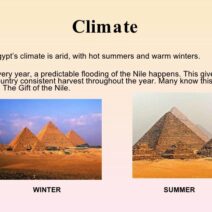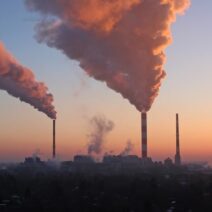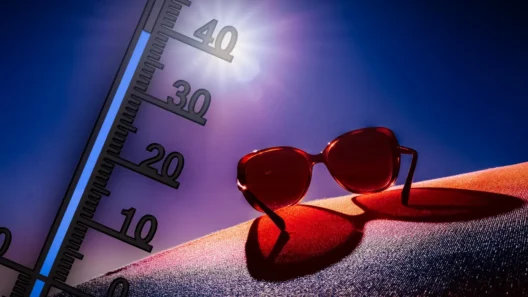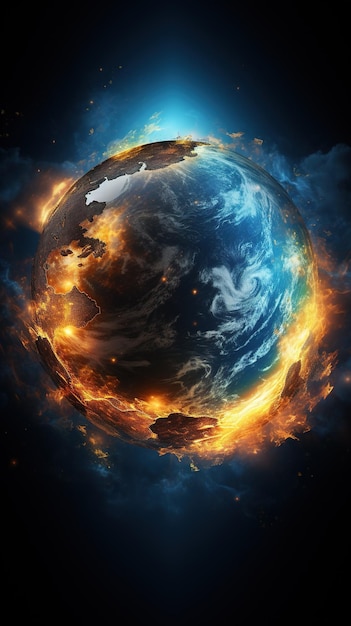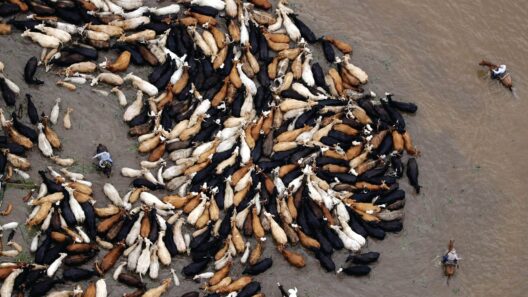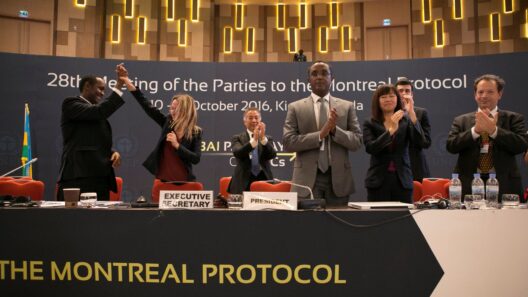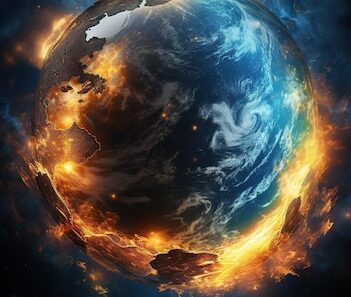As we traverse the intricate tapestry of our planet, one cannot help but ponder: is the Earth pleading for our attention? The escalating consequences of global warming paint a vivid yet unsettling portrait of an environment in peril. From shifting climates to rising sea levels, the realities of climate change have become a core challenge confronting humanity today. The implications stretch beyond mere temperature fluctuations; they redefine the very fabric of ecosystems, economies, and societies worldwide.
At the heart of this discussion lies the principle of greenhouse gases. The atmosphere, cloaked in a delicate layer of gases such as carbon dioxide and methane, is crucial for maintaining the Earth’s temperature. However, human activities, notably the combustion of fossil fuels and deforestation, have exacerbated the accumulation of these gases, leading to a significant rise in average global temperatures. This warming is not an abstract phenomenon confined to scientific discourse; its manifestations are palpable. Moreover, these changes have catalyzed alarming shifts in weather patterns that deliver unprecedented challenges to agriculture, infrastructure, and natural habitats.
The evidence is compelling. According to numerous studies and climatological data, the past few decades have witnessed a relentless increase in global temperatures. In regions traditionally characterized by temperate climates, heatwaves have surged in frequency and intensity, leading to consequences such as droughts that ravage crops and threaten food security. Conversely, some areas experience intense precipitation, culminating in floods that wreak havoc on communities. The direct interplay between these extreme weather events and the phenomenon of global warming compels us to rethink our environmental policies and practices.
As the planet continues to warm, the notion of melting ice caps and glaciers takes on an urgent significance. The Arctic region, once a bastion of cold, is transforming at an alarming rate. Glaciers that once stood steadfast are rapidly receding, contributing to rising sea levels that imperil coastal cities worldwide. Is it not ironic that the very habitats we admire for their beauty and biodiversity are being compromised by our actions? The ramifications of these melting ice packs extend largely; they threaten freshwater supplies and disrupt the delicate balance of marine ecosystems. When ice melts, it does not simply disappear; it fuels a cascade of environmental changes that resonate around the world.
The ocean, often called Earth’s lifeblood, is not impervious to the devastating effects of climate change. As temperatures rise, the seas absorb much of this excess heat, leading to phenomena such as coral bleaching and altered marine life distributions. Coral reefs, which serve as vital ecosystems teeming with biodiversity, are under siege. Their degradation spells doom not only for the myriad species that inhabit these vibrant underwater landscapes but also for the economies reliant on fishing and tourism. The specter of ocean acidification further compounds these challenges, as increased carbon dioxide emissions lower the pH of seawater, diminishing the ability of marine organisms to thrive.
The impact of global warming extends to terrestrial ecosystems as well. Forests, often hailed as carbon sinks, play a pivotal role in offsetting emissions. Yet, these verdant habitats are increasingly susceptible to wildfires, pests, and diseases exacerbated by changing climate conditions. The exacerbation of these threats can lead to the loss of biodiversity and contribute to a cycle of destruction that is hard to reverse. The interplay between climate change and deforestation presents another layer of complexity; as forests are cut down, the capacity to mitigate climate change diminishes, creating a vicious feedback loop.
Moreover, the socio-economic implications are profound. Vulnerable populations, particularly in developing nations, bear the brunt of climate impacts. Displacement due to climate-induced disasters leads to migration, potentially igniting geopolitical tensions. Access to clean water and food becomes precarious, fueling conflicts and challenges that reverberate across borders. It raises the question: are we, as a global community, prepared to confront the inequities that arise from our collective inaction?
In the face of these daunting realities, a path forward emerges: the transition to a sustainable future hinged on renewable energy, reforestation, and innovative agricultural practices. Solutions such as solar and wind energy have the potential to mitigate the very emissions that fuel warming. Implementing policies that promote sustainability is more crucial than ever, but these initiatives require collaborative efforts from governments, businesses, and individuals alike. Will we step up to the plate and rethink our paradigms? The challenge lies not only in adopting new technologies but also in fostering a mindset that prioritizes the health of our planet.
Ultimately, the environment’s battle against global warming is a collective responsibility. Will we choose to continue on our current trajectory or embark on a journey toward environmental stewardship? The answer rests within each of us. The call to action is not merely a plea for awareness; it is a resounding mandate for change. Our decisions, large and small, shape the world we will leave for future generations. The time to act is now; the future of our planet depends on it.

